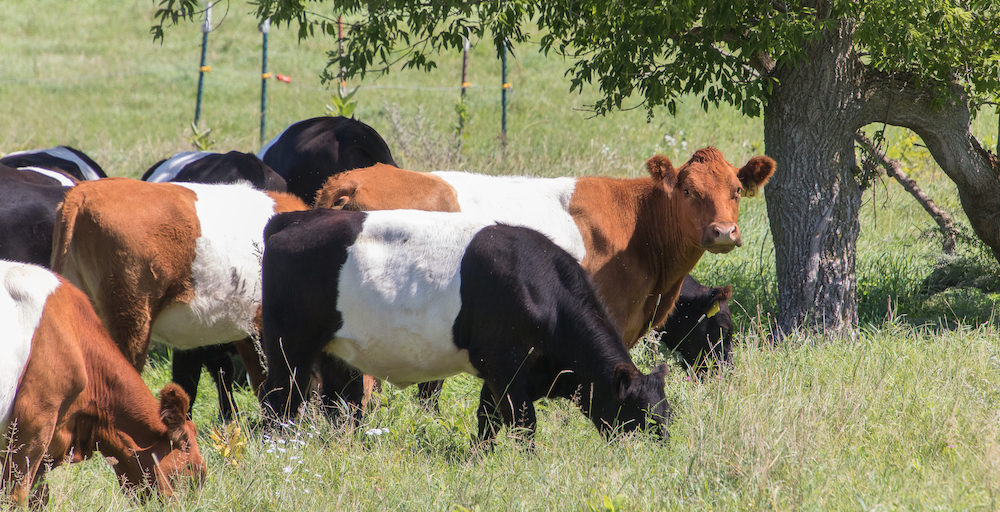I sat down to the keyboard a bit before 8:00 this morning, and now it’s after 1:30PM. How is that possible?!
Well, there were all those emails with a subject line I love to write: Your beef is ready!
Then there were the follow-up calls with customers to confirm delivery to drop sites in and around the Minneapolis/St. Paul, MN metro area.
And there were Google Map searches to find out where I’d have to make home deliveries.
This is the record-keeping-and-communications time of the year that adds the final links to the food chain. To be honest, it’s a time I value and respect – delivering beef directly to the customer.
It represents well over two years of work on Bull Brook Keep farm.
It starts in the early spring with the arrival of our BueLingo calves. The herd grows sleek and fat as we move them from pasture to grassy pasture throughout the growing season. Midsummer marks the breeding season. We separate the bulls from the larger herd in mid-fall (away from the heifers too young to breed). Grasses shrivel as frosts hit and snow blankets the farm. That’s when we provide the cows with hay grown in our own fields. As the days warm in April and May, the cycle begins again. Dave and I work to manage our pastures and herd in harmony with nature.
Cattle that spend the last several months of their lives eating grain in feedlots reach harvest weight by the time they’re 16-18 months old. It’s a confinement approach that is often accompanied by subclinical antibiotics in the feed, and the administration of hormones.
In contrast, our 100% grass-fed cattle, take nine to 10 months longer to reach harvest condition. It means an extra year of feeding and care for us, but we’re committed to breeding and raising our beef cattle on grass – and only grass. No grains, no hormones, no subclinical antibiotics. And by practicing rotational grazing, our cows are contented and healthy, and the pastures improve. We’re seeing more farmers in our area adopting this approach.
Dave and I made a home delivery last night, and I’ll be making several stops at drop-sites this week and next. It’s hard work, but to me it feels like a reward. When I hand over the boxes, it’s almost like placing a big bowl of delicious beef stew and a thick slice of homemake sourdough bread in front of a dear friend or family member. (It’s so much more fun to cook, when you’re cooking for someone you value.)
I thank God for the farming stewardship He has given Dave and me, and for the wonderful customers and friends walking the path with us.
Sylvia



